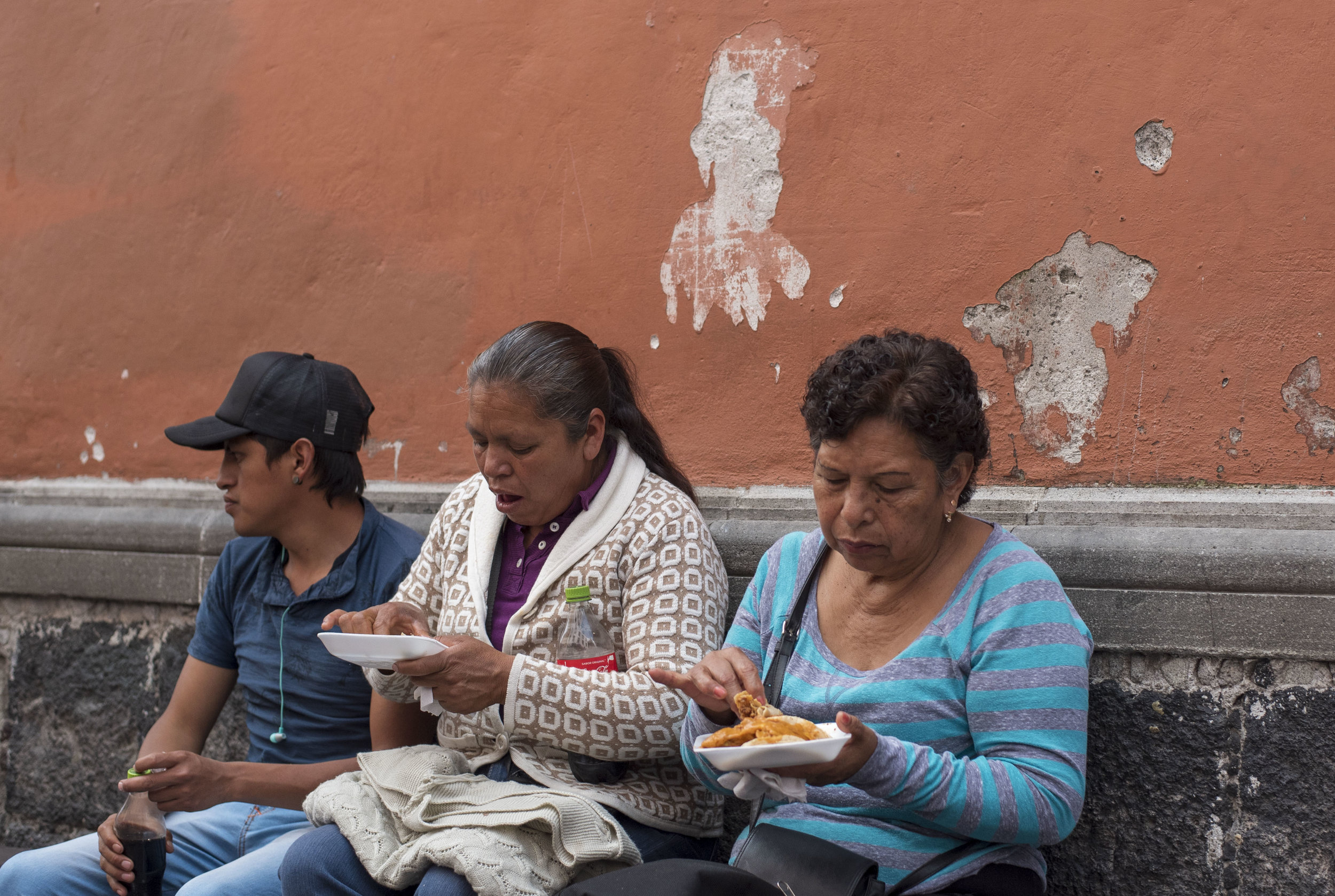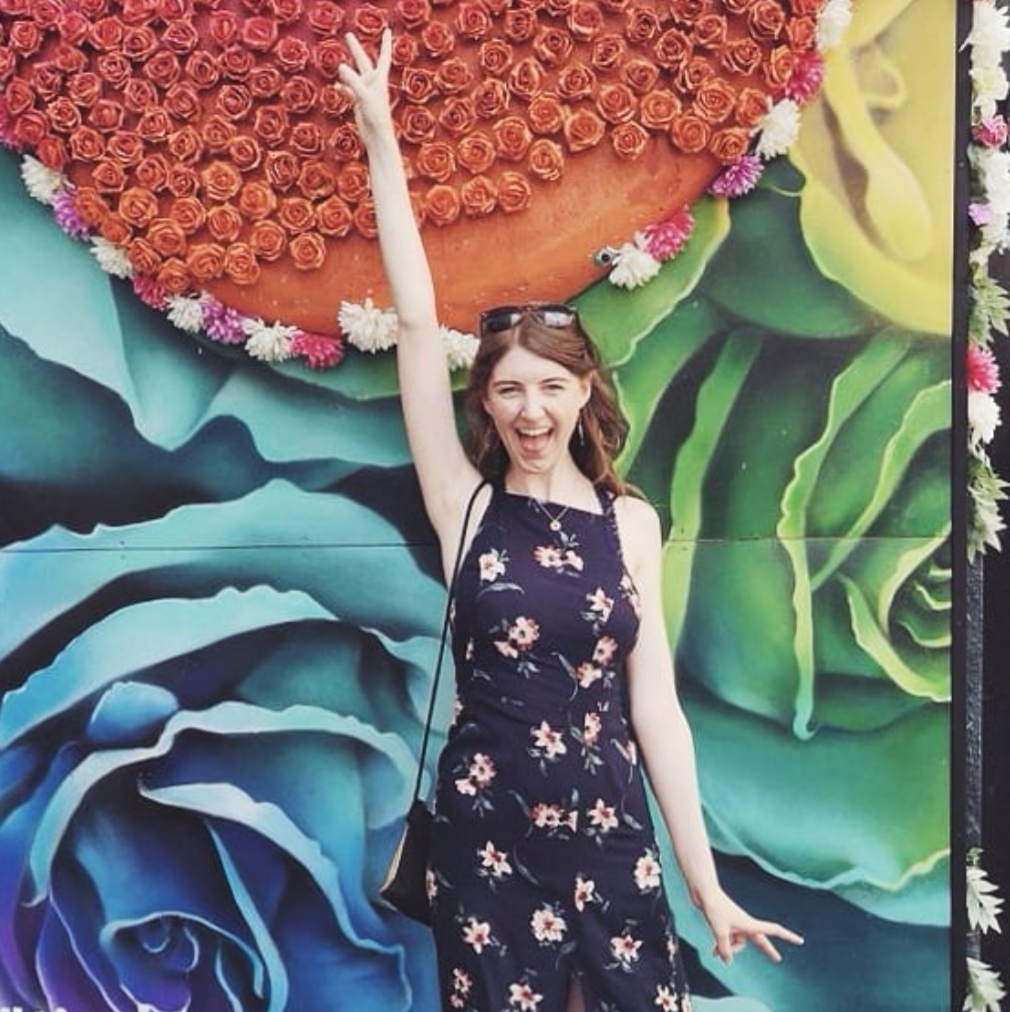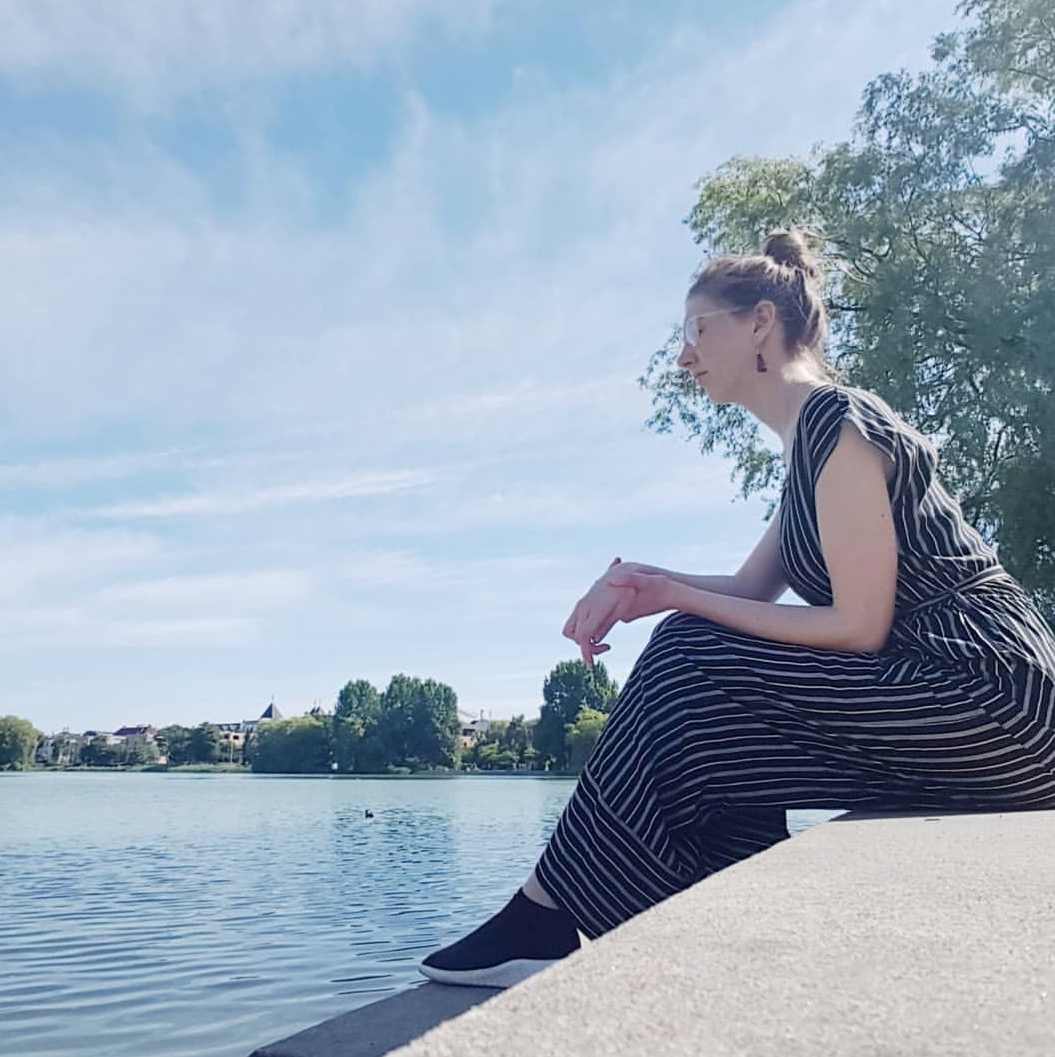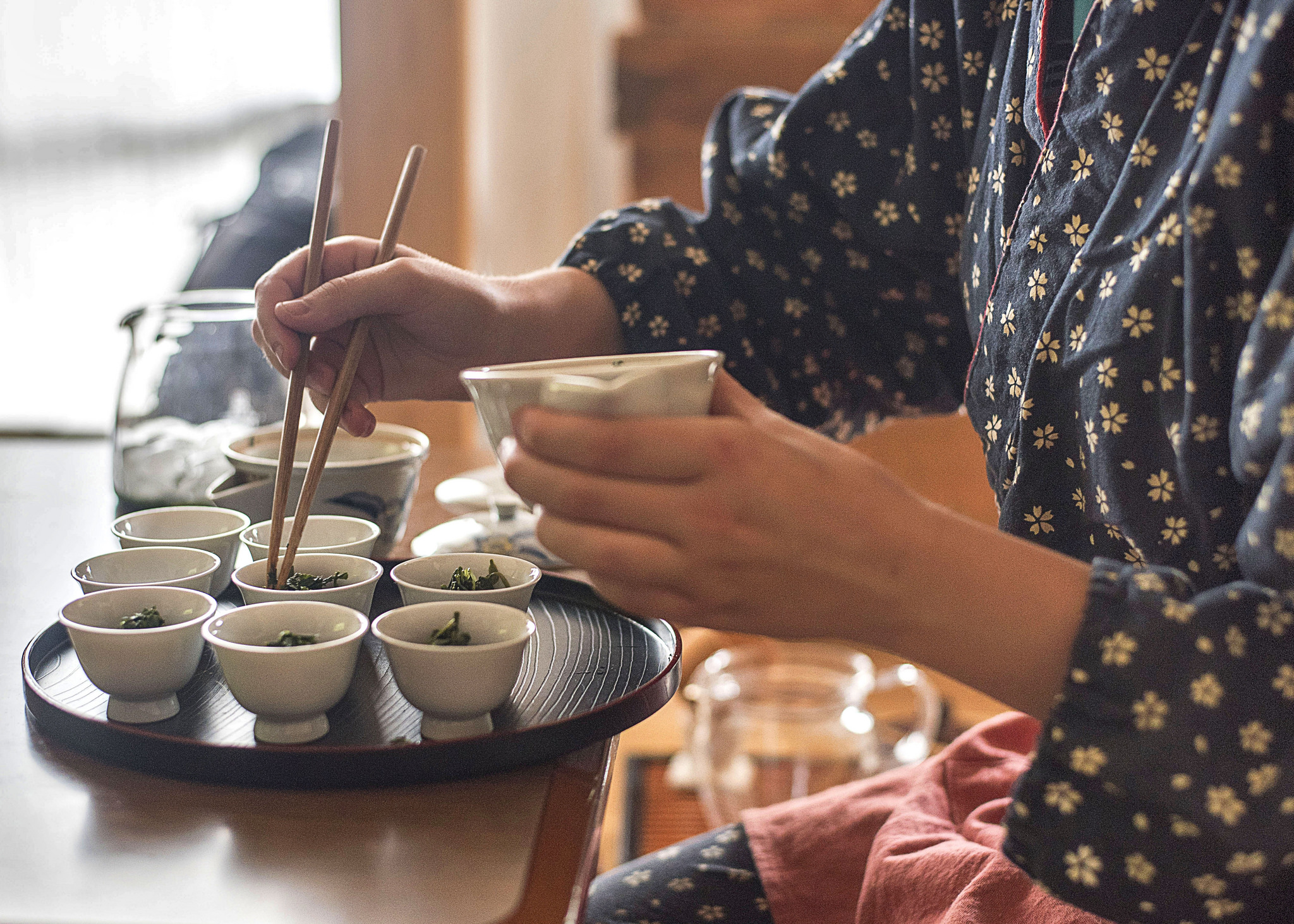It’s one of the biggest cities in the world, and it certainly feels like it. It’s a big city with a big reputation. When I told people I was heading to Mexico City for three months they’re first reaction was usually “is that safe?!”. Before I went, I wasn’t worried, but I was expecting the worst. Having been, and having spent quite a bit of time there, now I can confidently answer “yes, it is.”
Obviously there are parts (like any city) that are less safe than others. Yes, the murder rate is higher than some other cities, but the population is also very high, so it evens out (at least that’s how I reassure myself). The majority of the crime is gang and drug related, or due to poverty and corruption. The chances of you getting caught up in any of these things is very slim. The truth is that it’s a reputation, that’s all, there are cities in the UK and USA that are equally dangerous, but just don’t have the same reputation. I don’t even really want to talk about the crime because that is most people’s preconceived impression of the city and I want people to know that it is so much more than that. The three months I spent there I didn’t see or experience anything “bad”, just lots of warm, welcoming, hard working people, and a beautiful, fun, lively city.
Neighbourhoods
Each neighbourhood feels like a little city in and of itself. I lived in Tacuba, a pretty traditional, typical Mexican neighbourhood. I was on a super tight budget and shared the apartment with my (Mexican) boyfriend. I grew to love Tacuba, but I don’t think it’s somewhere most people would recommend. It’s not the safest neighbourhood ever and I think if you’re unfamiliar with Mexico City you could find yourself in trouble. Safety aside, I had to travel 15 by car to Polanco if I wanted any of my creature comforts, and it is a bit far from the centre of the city if you’re planning to see the sights. If you have a bit more money and are looking for a bit more safety, Doctores, Condesa, Roma, Coyoacan or Polanco would be your best bet. Those are the neighbourhoods I spent most of my time in because they have great shops, cafes, restaurants, and bars. They're generally the safest neighbourhoods in the city and La Condesa, Roma and Polanco in particular are more multicultural and international than most other areas.
La Condesa is quite European, Roma is very hipster and cool with lots of veggie and vegan places, and Polanco is posh and expensive. Coyoacan is eclectic and bohemian, the Frida Kahlo museum is there for example. Reforma and Zocalo are also areas worth visiting, they're in the city centre, with lots of landmarks and museums, and are basically the main tourist areas. However, I didn’t explore every single neighbourhood in the whole city, so check out AirBnB’s Mexico City Neighbourhood Guide for more.
Transport
The metro is the easiest and cheapest way to get around and you can download the "Metro-MB" app to plan journeys around the city and find out what route you need to take/where your nearest metro is etc. Otherwise I took Ubers because I'd be recommended against taking taxis by my Mexican friends (just because I was clearly a female foreigner on my own, I'm considered an easy target to be scammed. I'm sure most of the Taxi drivers are honest, hard-working people, but I wanted to follow my friends advice).
Sights & Things to do
Chapultapec Castle/Park - The only royal castle in the Americas and former residence of the presidents
Frida Kahlo Museum/Casa Azul - Hope of the famous Mexican artist Frida Kahlo
Torre Latinoamericana - Skyscraper with a viewing room on the top floor providing 360 view of the city
Xochimilco - Connecting rivers and islands filled with colourful boats available for boat rides
Teotihuacan Pyramids - Ancient pyramids accessible by a bus ride from the city
National Museum of Anthropology - (the clue is in the name)
Basilica of our Lady of Guadalupe - Catholic pilgrimage site and national shrine
Angel of Independence - Monument to commemorate Mexico’s war of independence
Zocalo/Plaza de la Constitution - Main square and public plaza in the city
Plaza Garibaldi - A square full of bars and cafes where mariachi bands play
Templo Mayor - Remains of the ancient underground city
Coyoacan Market - A eclectic market full of clothes, food, art, and accessories
Lucha Libre - Mexican wrestling entertainment
I ticked most of these things off my list, but it really depends on how much of a touristic time you plan to have. I prefer a more authentic experience of a place if I’m staying for a longer time so a lot of my best memories were just spontaneous days spent wandering the city and stumbling onto a new cafe or something fun to do.
Photos






























































































